This is all about Ōsaka Castle Ruins you want to know.
Every information you get on this site will be from a credible source based on Japanese history (books for reference).
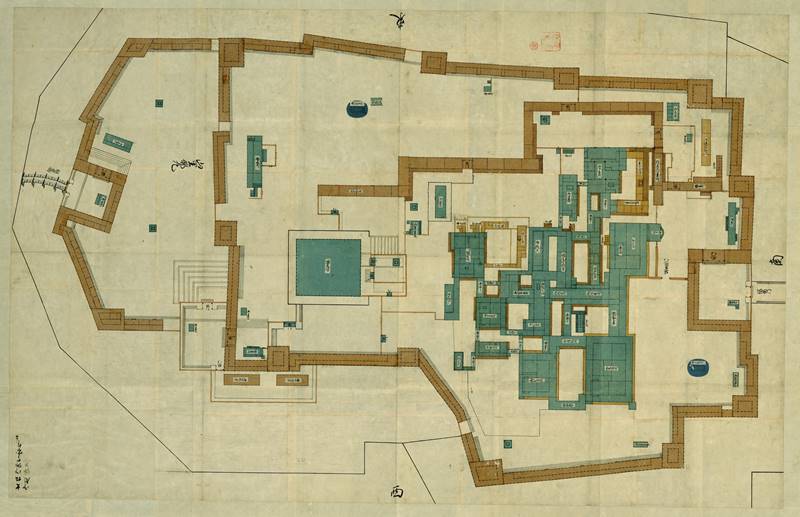

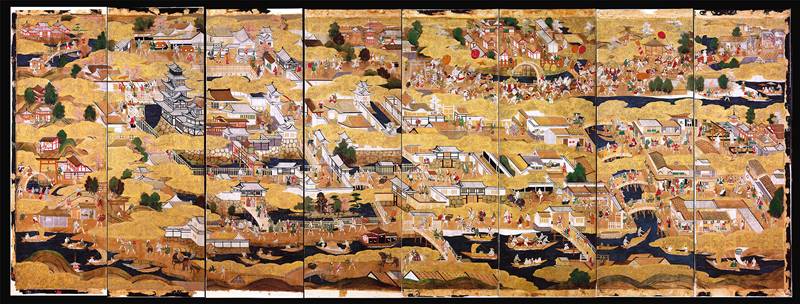
Profile : Ōsaka Castle Ruins
| Location | Ōsaka City, Ōsaka Prefecture |
| Also known as | Nishiki Castle |
| Type of castle | Hilltop |
| Mountain's name | ー |
| Elevation | ー |
| Condition | Reconstructed main keep |
| Designation | National Important Cultural properties National Special Historic Sites |
| Year built | 1583 |
| Abolished | ー |
| Castle lord | Toyotomi Hideyoshi |
| Refurbishment lord | Tokugawa Hidetada |
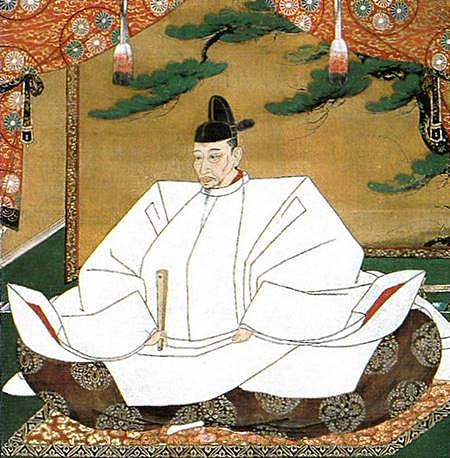

"Taikō" is often referred to as Toyotomi Hideyoshi , title for a regent, later for the grand chancellor, also for the father of an Imperial advisor who passed the role to his son.
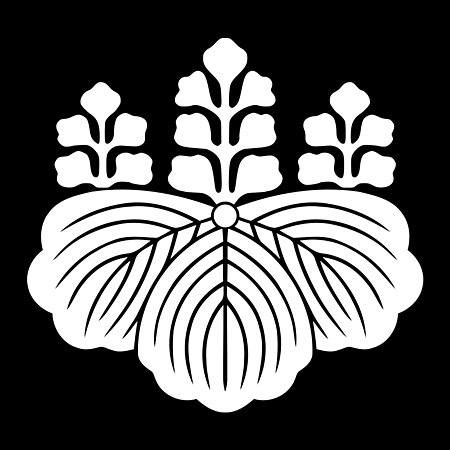
The family crest was originally created from the pattern that the emperor and the royal family put on the kimono, and the pattern was made into a fixed pattern, and the one attached to his own oxcart is said to be the beginning of the family crest. The warlords drew large crests on the flag-fingers, used to distinguish enemy views on the battlefield, and used by the generals to determine which warlords were active and how much.
Ōsaka Castle admission
admission fee : 600yen (Adult) for free(under junior high school students)
admission time : am9-pm5
March 20-April 5 : am9-pm7
April 29-May 6 : am9-pm6
closing period : 【caution】Ōsaka Castle Museum will be temporarily closed from Feb 29 - Mar 15 2020 as a preventive measure the spread of the COVID-19 coronavirus reference official site
Ōsaka Castle Google Map
Ōsaka Castle Images

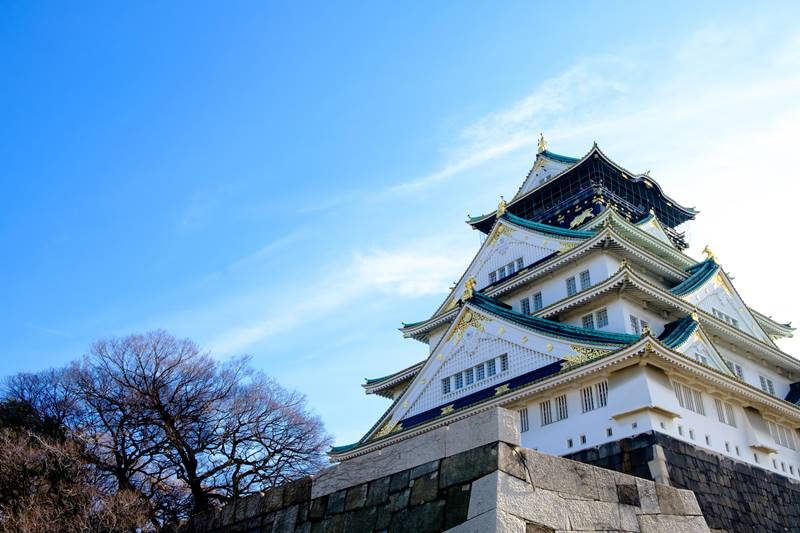
The most distinctive features, the top black wall and the lying tiger and crane drawn on gold leaf, are very magnificent. There were three main keep in Osaka Castle, one built during the Toyotomi period, another built during the Tokugawa period, and the other built during the Shōwa era.
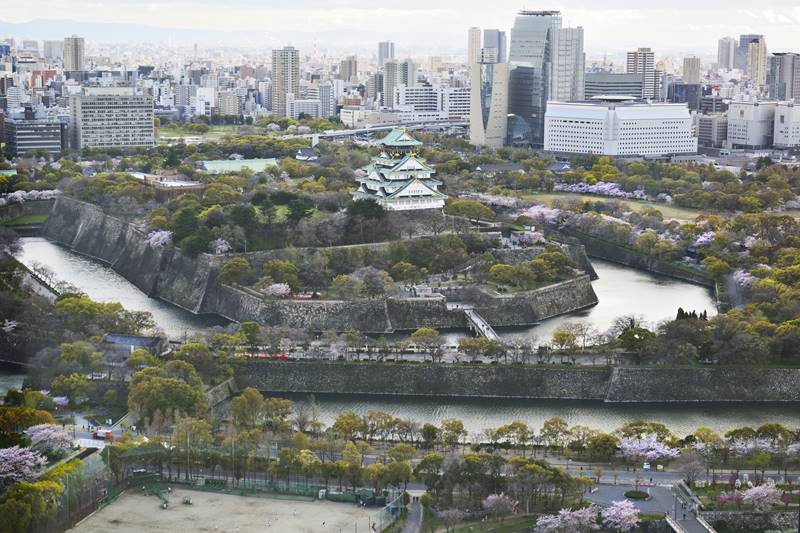
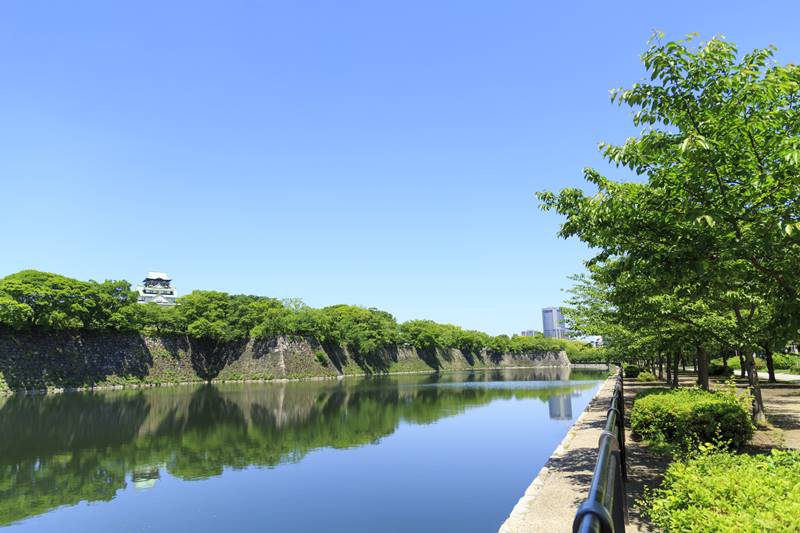
It is said that Tokugawa Tadayori worked to widen and deepen the moat, and to use earth and sand generated at that time to increase the size of the Honmaru and Ninomaru.
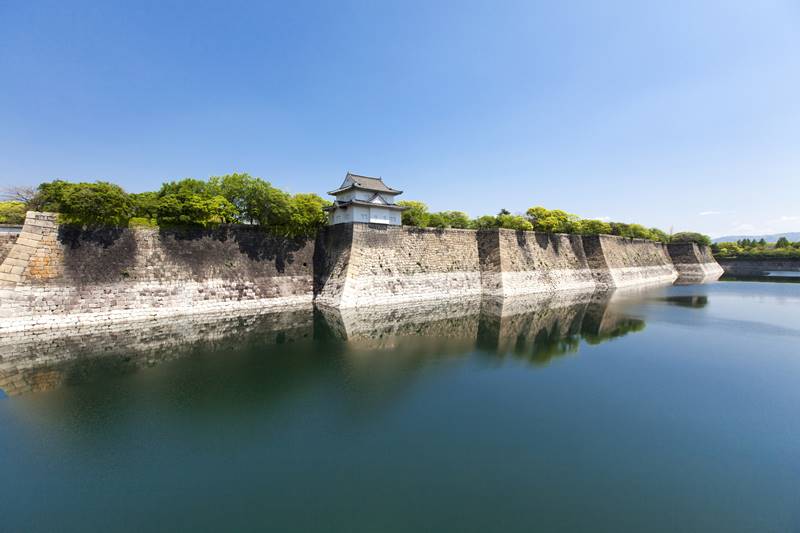
The one in the photo is the 6th,"Rokuban Yagura"(六番櫓).
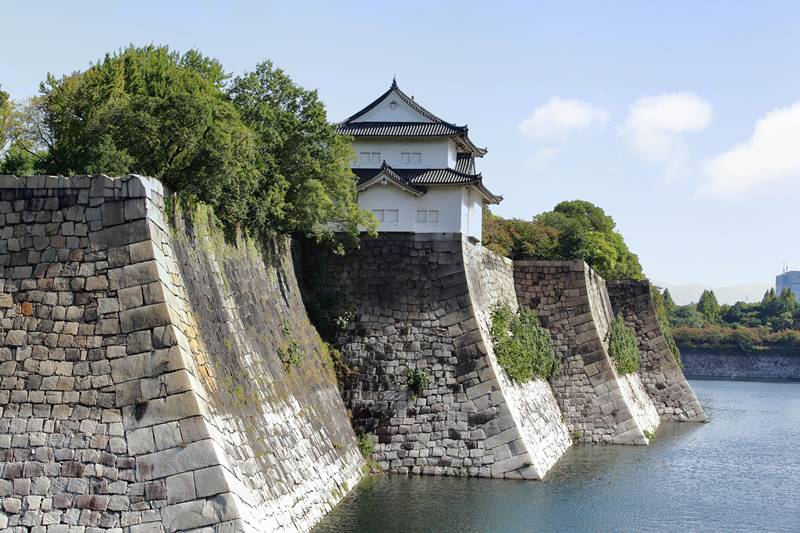
The eastern, northern, and west sides of the Honmaru has moats, and the south has trench. It features a folding stone wall that is easy to attack from the side. This is higher the further south, It is 24 m above the surface of the water and 32 m from the root stone set at the bottom of the moat.

The weight is estimated to be about 130 tons. The name is thought to have been named because it has a brown octopus head-shaped stain of ferric oxide on the left edge of the stone.
At this time, the technology for stacking stone walls seemed to have reached the highest level, and the moats and walls were large. Anyway, Osaka Castle is characterized by abundant use of megalithic stones, and it is a real pleasure of visiting there to realize that the stone wall processing technology was at a very high level at that time.
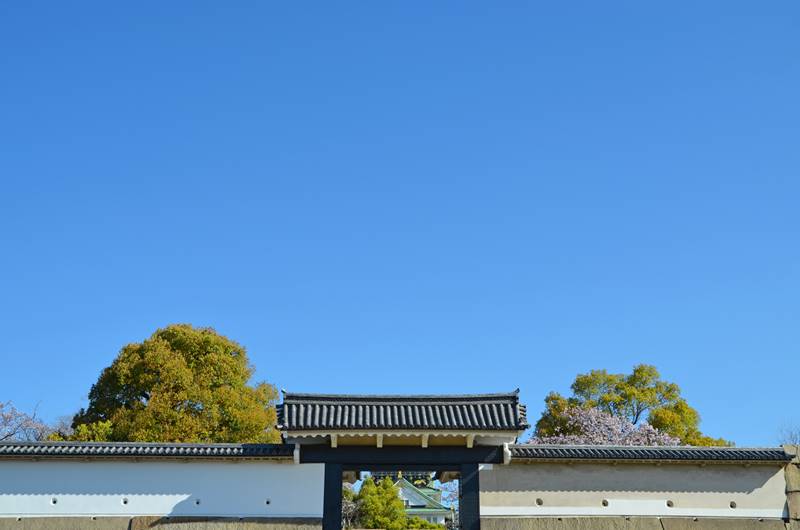
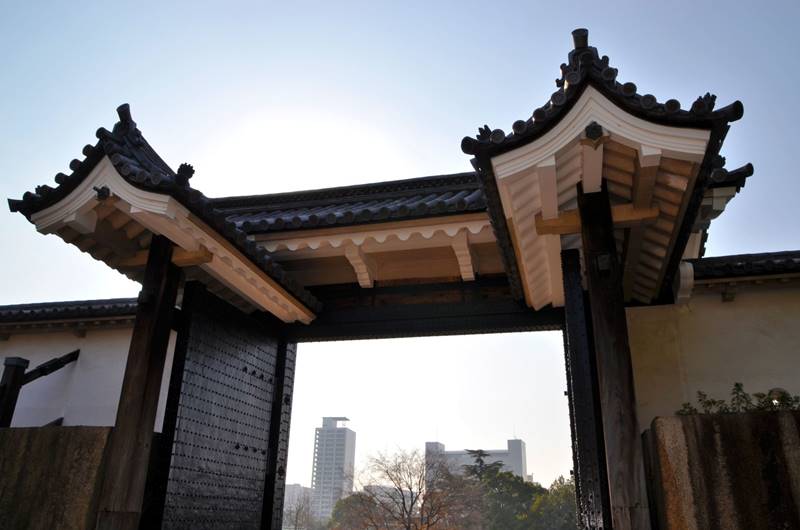
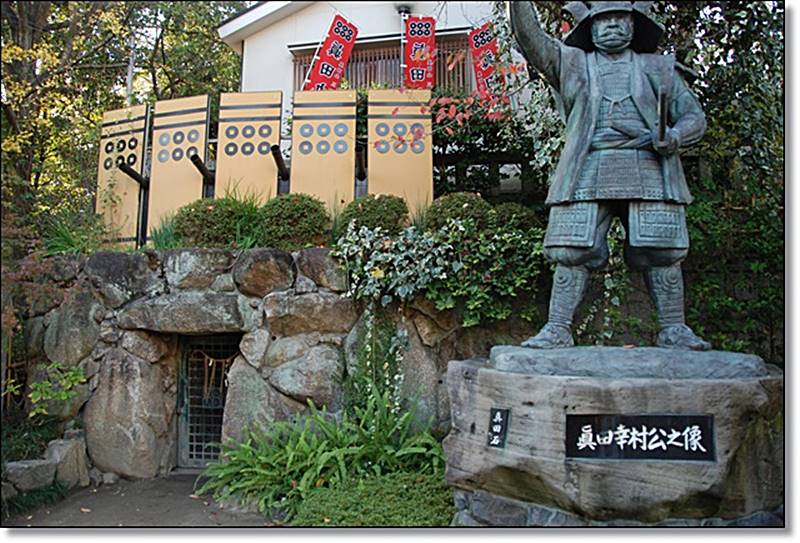
The place where "Sanadamaru" was set up. It is said to have been built as the departure of Ōsaka Castle. Now is said that he was "the strongest opponent to the general Tokugawa Ieyasu" who could not win truly. Even among many Sengoku warlords, their way of life is extremely popular in modern times.
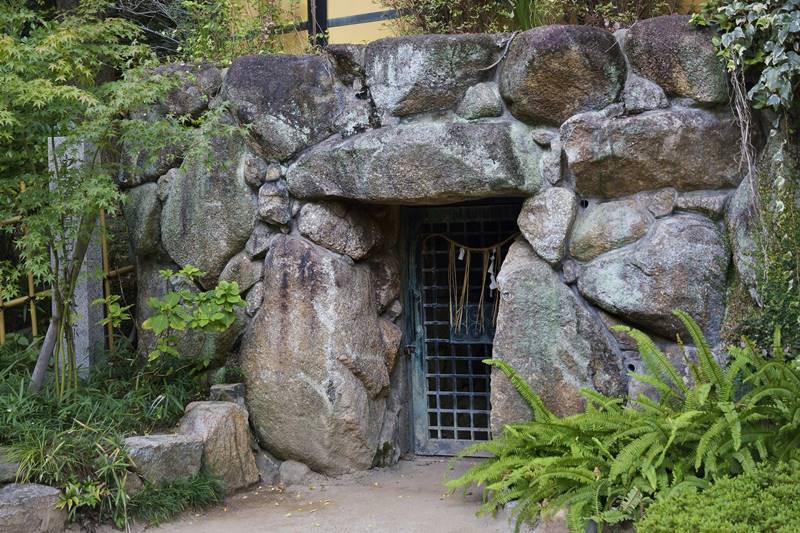
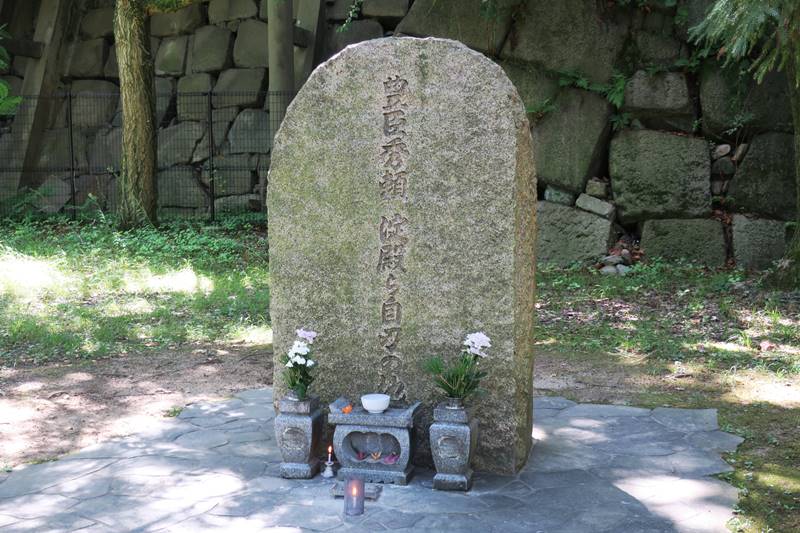
It is erected in Yamasato Karuwa where Toyotomi Hideyori and Lady Yodo escaped after losing in Siege of Ōsaka Summer Campaign.
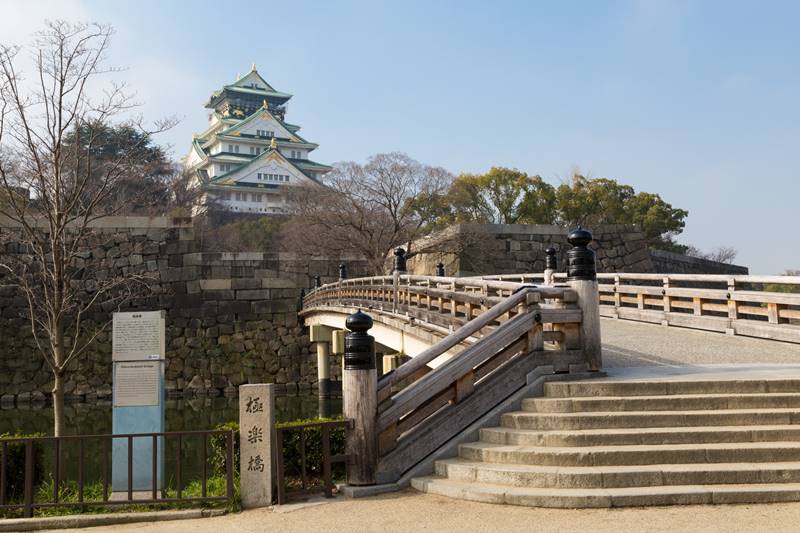

Click here →【official site】by Ōsaka Convention & Tourist Bureau
Link-1 : A castle designed by "Master of castle" [block]9[/block]
【east japan】Edo castle 【west japan】Uwajima Castle 【west japan】Kōchi Castle 【west japan】Ōzu Castle 【west japan】imabari Castle 【central japan】Igaueno Castle 【west japan】Sasayama Castle 【west japan】Nijō castle 【west japan】Wakayama Castle 【west japan】Ōsaka castle
Link-2 : The Impregnable Castle
【east japan】Odawara Castle 【east japan】Edo castle 【east japan】Hachigata Castle 【central japan】Chihaya castle 【west japan】Yoshida-Kōriyama Castle 【south japan】Kumamoto Castle 【west japan】Ōsaka Castle
Link-3 : A castle closely related to [block]25[/block]
【east japan】 Odawara Castle 【west japan】Himeji Castle 【west japan】Odani Castle 【south japan】Nagoya Castle 【west japan】Miki Castle 【west japan】Ōsaka Castle
Link-4 : A castle closely related to [block]31[/block]
【east japan】Edo Castle 【central japan】Okazaki Castle 【central japan】Sunpu Castle 【central japan】Nagashino Castle 【central japan】Kōfu Castle 【central japan】 Nagoya Castle 【west japan】Nijō castle 【west japan】Ōsaka Castle
